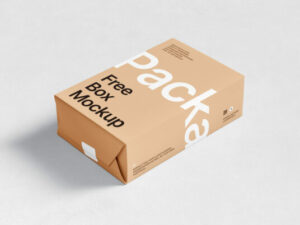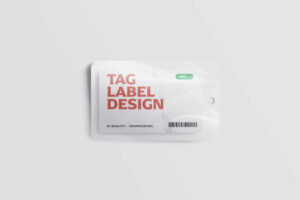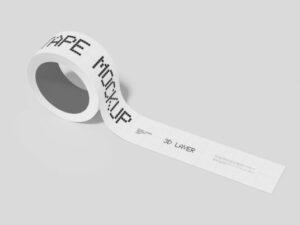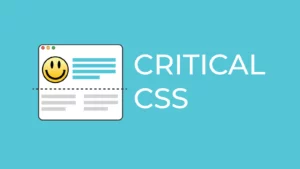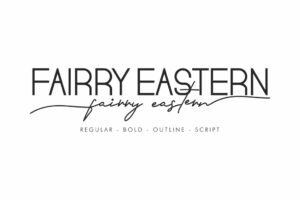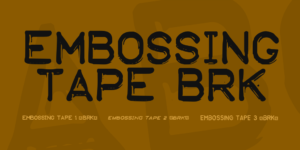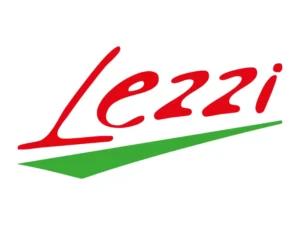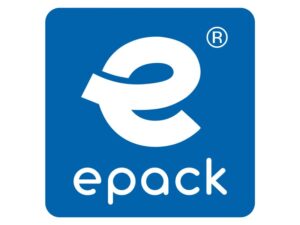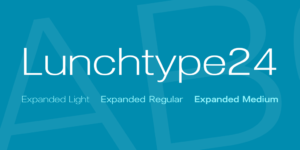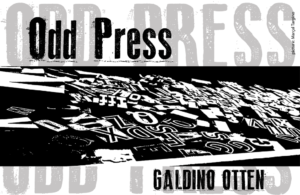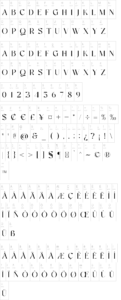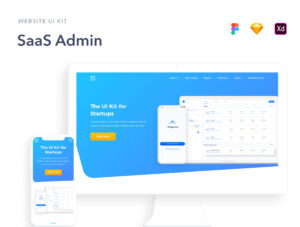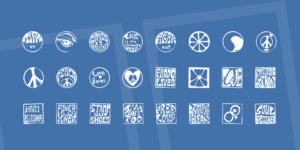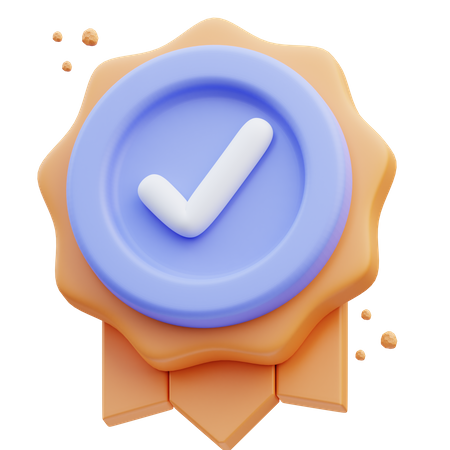Pfeffer Medi val Font

About [smallcaps]Pfeffer Medi val[/smallcaps] is the idealised image of a Carolingian minuscule, the script of Charlemagne, on which our modern Antiqua has been modelled.
In the young kingdoms that had been founded on formerly Roman territory during the migration period, several so called Post-Roman scripts emerged up to the 8th century. These were already minuscule scripts using ascenders and descenders. Although all of them were derived from uncial, half uncial and new Roman cursive, they differed quite a lot regionally. Moreover, they were dif?cult to read, not least due to their extensive use of ligatures. Beginning from the end of the the 8th century a standardisation took place in the course of the Carolingian Renaissance. Advocated by Charlemagne and with important collaboration of Alcuin of York???who had responded to a call to Charlemagne?s palace school in Aachen???an easy to read script was developed that, beginning from the 9th century, quickly spread across the frankish scriptoria. This Carolingian minuscule became the common book and administrative script in the Carolingian empire and all over western Europe except Ireland, until it was in turn replaced by the Gothic minuscule script.
In England, where the new script took a very belated foothold, the insular minuscule script (one of the above mentioned Post-Roman scripts) was in coeval use up to the 12th century. This insular hand script primarily differs from the continental one in the shape of a few letters.
Being my most extensive font as yet, Pfeffer Medi val contains more than 800 glyphs the whole of which cannot be displayed here. The Latin range includes numerous accented letters and additional characters for purposes of medieval philology. As far as the coverage reaches, the character mapping follows the recommendations of the Medieval Unicode Font Initiative. Among those additional characters are several insular variants of Latin letters, rendering Pfeffer Medi val suitable for display of Old English texts as well.
Character set of Pfeffer Medi val
Finally, this font also encompasses a Gothic and a Runic character set.
OpenType Features
Pfeffer Medi val contains OpenType features for historical text layout, insular script and Gothic alphabet as well as for small capitals and particularly large capitals.
Activating the ?hist? feature for historical text layout generates a typeface that comes closer to the historic customs in writing Carolingian minuscule. The umlauts , and are replaced by ligatures like and ?, v is replaced by u and w by uu, i is replaced by ? and ?nally s by ?. Punctuation is reduced to mid-dot (? ?), and all marks (or combinations of such) are replaced accordingly. The following example shall give a demonstration. In Order to make this feature available in Microsoft Word 2010 (which supports just a few OpenType features, including the stylistic sets), I?ve added a copy of this feature as stylistic set ?ss05?.
If you like this font or if you would like to comment on it or to make a proposal, feel free to visit my personal website at robert-pfeffer.net and to write into my guestbook!
Robert Pfeffer
Download now to enhance your projects with visually stunning and user-friendly designs. With FigmaResource.com, you can save time, boost your productivity, and achieve professional-grade results without breaking the bank. Start exploring our vast collection today and take your design projects to the next level!
Discover an extensive library of free, high-quality design assets at FigmaResource.com, your go-to destination for all things Figma. Whether you’re a professional designer or just starting out, our platform offers a wide range of resources, including UI kits, icons, templates, and more, all meticulously crafted to help you streamline your design workflow.
At FigmaResource.com, we understand the importance of having the right tools at your fingertips, which is why we provide these assets completely free of charge.
Please be aware that while you can download free resources from our website, we do not host any of the files directly. All resources are handpicked and collected from various external sources.




